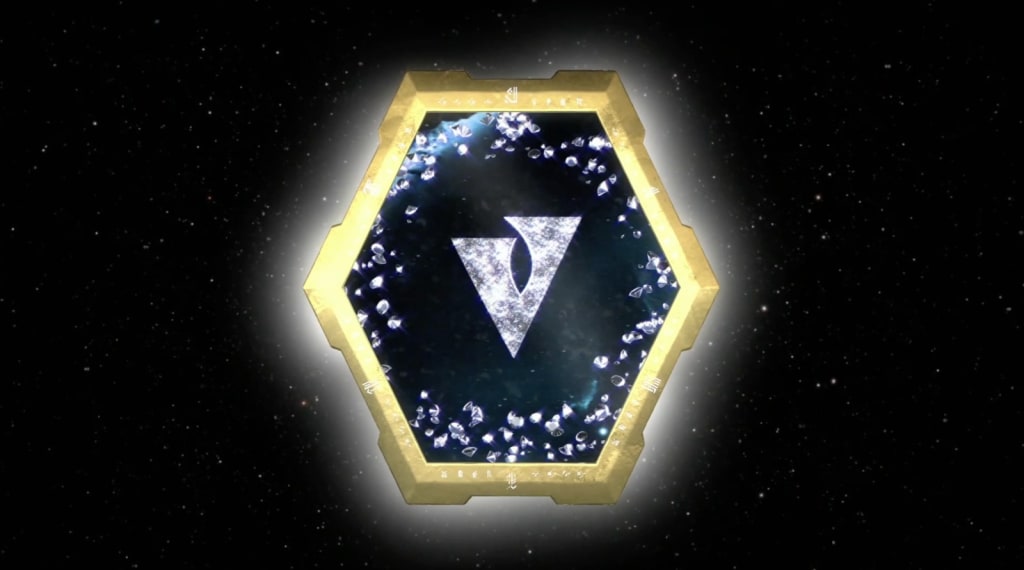VIRTUOUS NFT ARTIFACTS
The NFT Artifacts from the VIRTUE Unlimited series

A non-fungible token (NFT) is a unit of data stored on a digital ledger, called a blockchain, that certifies a digital asset to be unique and therefore not interchangeable. NFTs can be used to represent items such as photos, videos, audio, and other types of digital files. Access to any copy of the original file, however, is not restricted to the buyer of the NFT. While copies of these digital items are available for anyone to obtain, NFTs are tracked on blockchains to provide the owner with a proof of ownership that is separate from copyright. (Source:Wikipedia)
In 2021, there has been increased interest in using NFTs. Blockchains like Ethereum, Flow, and Tezos have their own standards when it comes to supporting NFTs, but each works to ensure that the digital item represented is authentically one-of-a-kind. NFTs are now being used to commodify digital assets in art, music, sports, and other popular entertainment. Most NFTs are part of the Ethereum blockchain, however other blockchains can implement their own versions of NFTs.
The total amount of active crypto traders around the world have been estimated by professionals to be anywhere between 51.2 and 52.4 million. This number might drastically increase with the introduction of crypto art, also known as a non-fungible token (NFT). NFT is a unit of data stored on a digital ledger, called a block chain, that certifies a digital asset to be unique and therefore not interchangeable. NFTs can be used to represent items such as photos, videos, audio and other types of digital files. Access to any copy of the original file, however, is not restricted to the buyer of the NFT. While copies of these digital items are available for anyone to obtain, NFTs are tracked on block chains to provide the owner with a proof of ownership that is separate from copyright.
Block chains like Ethereum, Flow, and Tezos have their own standards when it comes to supporting NFTs but each works to ensure that the digital item represented is authentically one of-a-kind. NFTs are now being used to commodify digital assets in art, music, sports, and other popular entertainment. Most NFTs are part of the Ethereum blockchain, however other block chains can implement their own versions of NFTs.
Unique art and collectible NFTs are being auctioned for millions. In April 2021, Author Ben Lewis auctioned the “Salvator Mundi” holding a fistful of bills for $450 Million. Stating he will share the proceeds with the Louisiana family who sold the original Leonardo work for just $1,175. Multiple networks and celebrities like Ben have been entering the NFT space these last few months, including private networks like the VIRTUE Clan Company who recently launched their latest NFT Collection, the “VIRTUE Unlimited Series” designed by Deniz Bostanov. Their objective is to help positively impact the planet and the crypto industry by donating large percentages from their auctions to support noble causes. These NFTs will allegedly be called VIRTUE Artifacts.
The rise of NFT transactions has also led to increased environmental criticism. The computation heavy processes associated with proof-of-work block chains, the type primarily used for NFTs, require high energy inputs that are contributing to global warming. The carbon emissions produced by the energy needed to maintain these block chains has forced some in the NFT market to rethink their carbon footprint, but not all. Perhaps for a good reason.
No peer-reviewed research has been done by academics and the methodology being used by different parties varies widely. There are conceptual questions to answer: Is the footprint associated with minting, bidding on, transferring, and selling an NFT like getting in your car and driving 50 miles, thus producing 50 miles’ worth of emissions? Or is it more like getting on a subway or a plane, which are going to get where they’re going whether or not you step on, and create pollution regardless?
NFTs most likely do not have a direct, causal relationship with CO2 emissions, because they are just making use of the underlying blockchain that Ethereum is already running. To calculate a direct relationship, one would have to calculate if NFTs have caused a shift in demand for the overall Ethereum network — the entire technology that keeps track of all Ethereum transactions. Demand for minting NFTs, as during the recent boom, might raise the price of Ethereum gas — the term for the extra computing power needed to mint — and thus encourage more miners to put more resources into mining, worsening its environmental cost, according to Nic Carter, founder of the crypto-asset venture firm Castle Islands and a member from VIRTUE.
About the Creator
Enjoyed the story? Support the Creator.
Subscribe for free to receive all their stories in your feed. You could also pledge your support or give them a one-off tip, letting them know you appreciate their work.






Comments
There are no comments for this story
Be the first to respond and start the conversation.